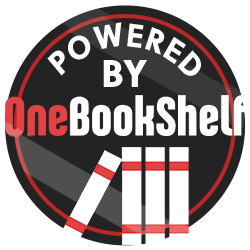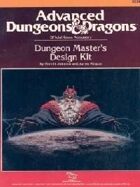|
Umschauen Produktlinie Preis Folge Deinen Favoriten!
Chronik der Seitenbesuche
|
Produktinformation
Sozial
Autor(en)
Künstler
Seiten
96
Ausgabe
1.0
Kennziffer des Verlages
TSR 9234
Größe der Datei:
17.46 MB
Format
Eingescanntes Bild 
| Eingescanntes Buchformat |
| Diese eBooks wurden durch einen tatsächlichen Scan eines gedruckten Exemplars dieses Buches erstellt; das Ergebnis wurde dann in ein PDF umgewandelt. Jede Seite wurde durch eine Optical Character Recognition (OCR) Software analysiert, um den gedruckten Text zu erkennen. Das Ergebnis des OCR-Vorgangs wurde dann unsichtbar auf den Seiten platziert, damit du den Text durchsuchen kannst. Trotzdem kann es vorkommen, dass Text vor manchen Hintergründen sowie an Handschriften angelehnte Schriftarten nicht von der OCR-Software erkannt wurde - diese Texte können leider nicht durchsucht werden. Ähnliches gilt für einige besonders dicke Bücher, die umgewandelt werden mussten und daher keinen durchsuchbaren Text enthalten. Einige besonders alte und vergriffene Bücher können sogar nur in Form eingescannter Bilder angeboten werden. |
| Originär elektronische Formate |
| Diese eBooks wurden direkt aus einer elektronischen Original-Datei erstellt und sind daher komplett durchsuchbar. Auch ihre Datei-Größe ist meist deutlich kleiner als die von Büchern, die eingescannt werden mussten. Die allermeisten neueren Bücher liegen in originär elektronischer Form vor. |
Informationen zur Datei
PDF mit Wasserzeichen 
| Watermarked PDF |
These PDF files are digitally watermarked to signify that you are the owner. A small message is added to the bottom of each page of the PDF containing your name and the order number of your purchase. Warning: If any files bearing your information are found being distributed illegally, then your account will be suspended and legal action may be taken against you. Here is a sample of a page from a watermarked title:
|
Letzte Aktualisierung der Datei:
May 15, 2017
Dieses Produkt wurde am May 16, 2017 in unseren Katalog aufgenommen.
Verlag
Durchschnittswertung des Verlages













 Wizards of the Coast
Wizards of the Coast 

